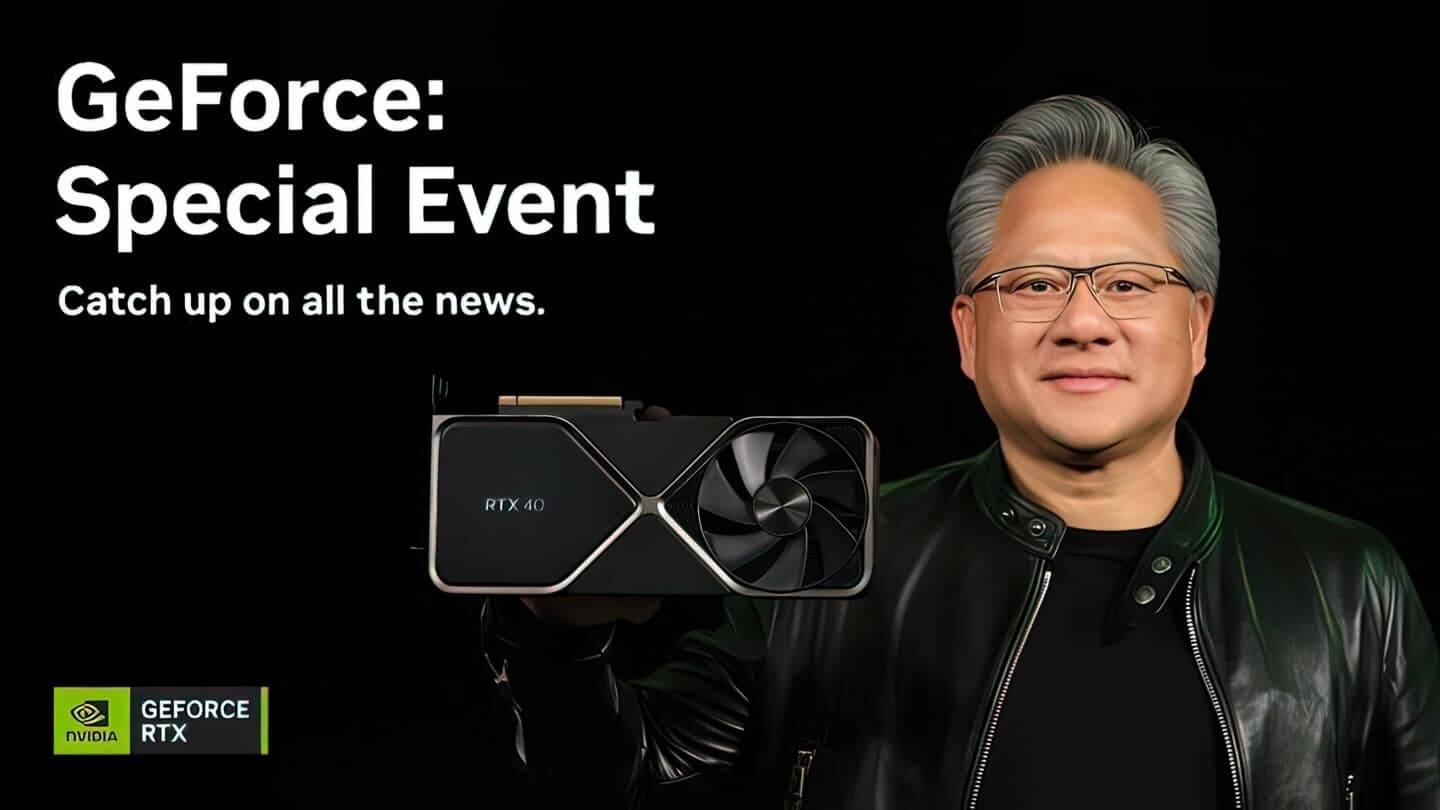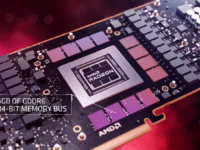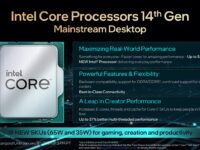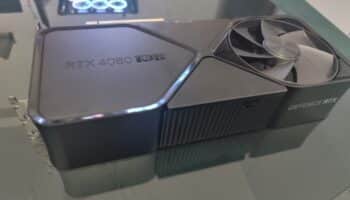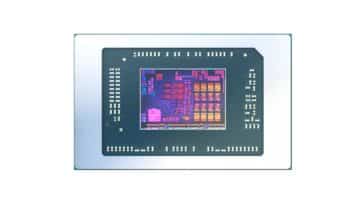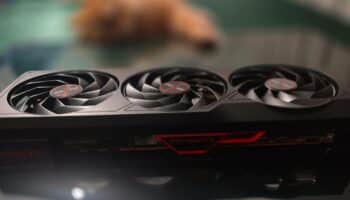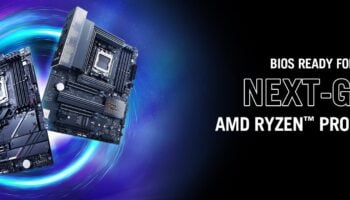NVIDIA is prepping the GeForce RTX 5090 for a late 2024 release. The Blackwell gaming flagship is expected to leverage the GB202 die, which features a 12×8 cluster configuration. This means the GPU will consist of 12 GPCs (Graphics Processing Clusters), each packing 8 TPCs (Texture Processing Clusters). A TPC comprises two SMs (Streaming Multiprocessors). An SM consists of 128 FP32 cores (and 64 INT32 cores). Overall, the GB202 GPU powering the GeForce RTX 5090 has a core count of 24,576.
GB202 Specs: The GPU Powering the RTX 5090
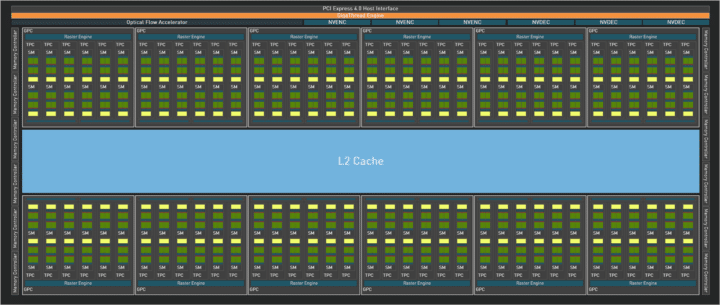
The GB202 looks similar to the AD102 but features wider GPCs with 8 TPCs and 14 SMs (vs. 6 TPCs and 12 SMs on Ada). This produces a maximum shader count of 24,576, up from 18,432 on the AD102. The GB202 features a 512-bit bus which can be paired with 32GB of GDDR7 memory (via 16x 32-bit memory controllers). It will also include at least 96MB of L2 cache for servicing cache misses at the L1 level. The AD102 consists of a 384-bit bus which can be paired with 24GB of GDDR6X memory in a standard config.
NVIDIA RTX 5090 Specs: Core Count
NVIDIA will use a cut-down GB202 die for the GeForce RTX 5090. The same approach was adopted for the RTX 4090 (AD102) and the RTX 3090 (GA102). With the Ada flagship, the design team went a little overboard with the scalpel, cutting out nearly 2000 cores. The RTX 5090 will hopefully be closer to the fully enabled Blackwell die.
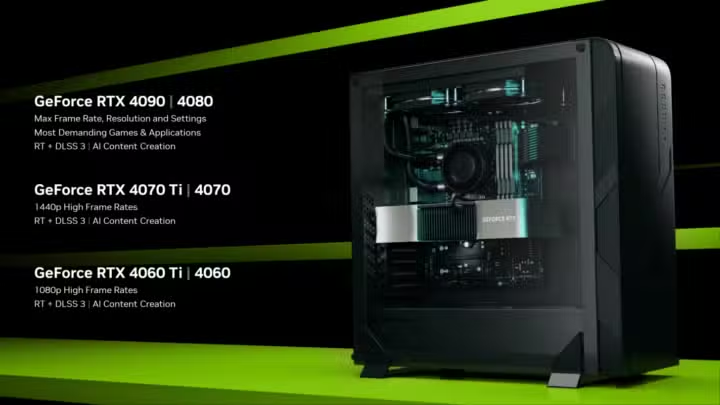
The fully fat GB202 die features 24,576 shaders spread across 192 SMs and 96 TPCs. Factoring in the SMs disabled for yields and segmentation, we can expect a core count of 24,046 or 188 SMs on the RTX 5090. If profit margins are favored, then like the RTX 4090, the RTX 5090 may come with a whole GPC disabled, reducing the shader count to 22,528 and 176 SMs.
NVIDIA RTX 5090 Specs: Memory and Cache
On the memory side, we’re looking at 32Gbps GDDR7 memory paired with a 384-bit bus. The L2 cache will likely be consolidated to 96MB. Plans of using a 512-bit bus seem to have been shelved. The GeForce RTX 5090, with 32Gbps GDDR7 memory and a 384-bit bus, would produce an external memory bandwidth of 1,536 GB/s, up from 1,008 GB/s on the RTX 4090.
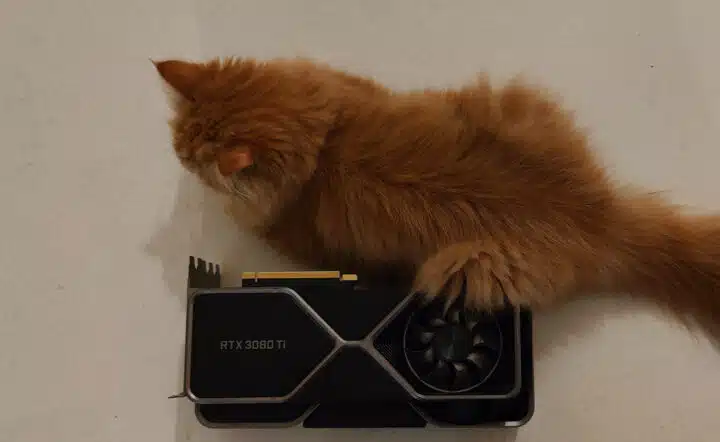
If the 384-bit bus is retained, then we’re once again looking at a 24GB memory buffer (GDDR7), or 48GB if clamshell mode is used. A 50% increase in memory throughput backed by a ~60% gain in shader density would easily net generational uplifts of up to 2x or more. It’s still too early to finalize a number, but it’d be fair to say that the RTX 5090 should deliver the same (level of) generational upgrade as its predecessor.
NVIDIA RTX 5090 Pricing
Then there’s the pricing. The GB202 and its siblings will be fabbed on TSMC’s cutting-edge 3nm node. These are some of the most expensive wafers on the planet. And there’s no competition from AMD. The Radeon RX 8900 XTX has already been canceled, and the fastest RDNA 4 GPU will offer RX 7900 XTX level performance. I expect a price tag of $2,000 for the RTX 5090, but it could go as high as $2,499.
NVIDIA RTX 5090 Release Date
Back to the GeForce RTX 5090, a late 2024 launch for the Blackwell flagship is all but certain. The GeForce RTX 5080 will likely land in 2025, offering slightly more performance than the RTX 4090.
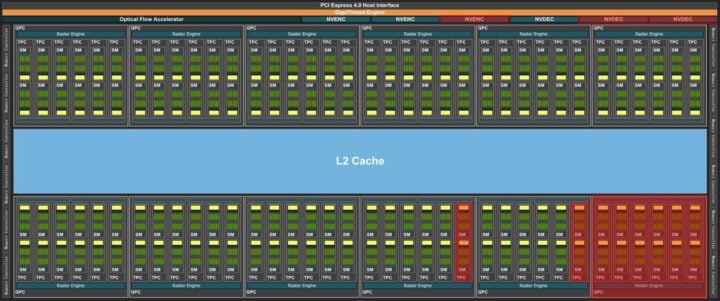
The GeForce RTX 5090 is expected to be 70 to 80% faster than the RTX 4090. Like Ampere and Ada, much of the focus will lie on ray tracing performance. Rasterization will be secondary, which is fine because the RTX 4090 crushes every rasterization load. You can also expect a new version of NVIDIA’s Deep Learning Super Sampling technology DLSS 4 with Blackwell.
The GeForce RTX 5080 and 5070
According to @kimi, the GB203 GPU powering the RTX 5080 will come with a 256-bit bus, while the GB205 core will feature a 192-bit bus. He also believes that the former will be half as wide as the GB202, making it very similar to the AD103 with up to 10240 cores. The GB205 will succeed the AD204, powering the RTX 5070 and the 5060/5060 Ti. To sum up, the memory configurations aren’t changing much going from RTX 40 to RTX 50. The gains are mainly coming from faster memory chips and increased IPC.
Source: Kopite7kimi
